Former Railway Offices - now Textile Museum
Anciens bureaux des chemins de fer - maintenant musée du textile
© unknown
MYS
à proximité de Kuala Lumpur
Télécharge images...
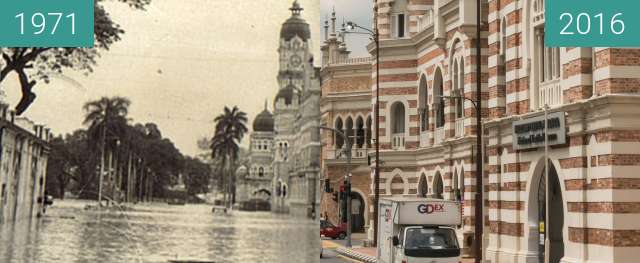
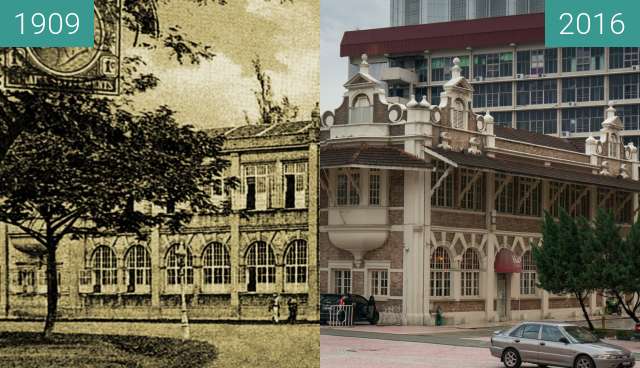

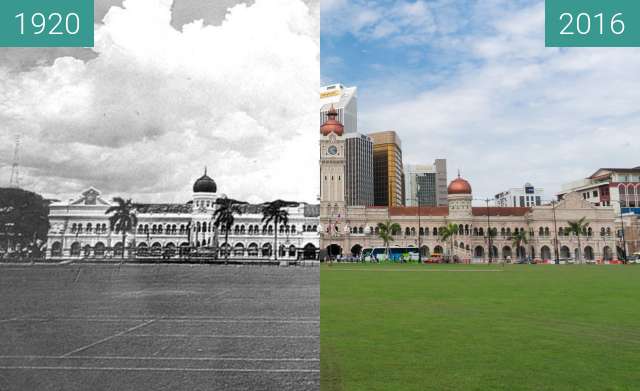
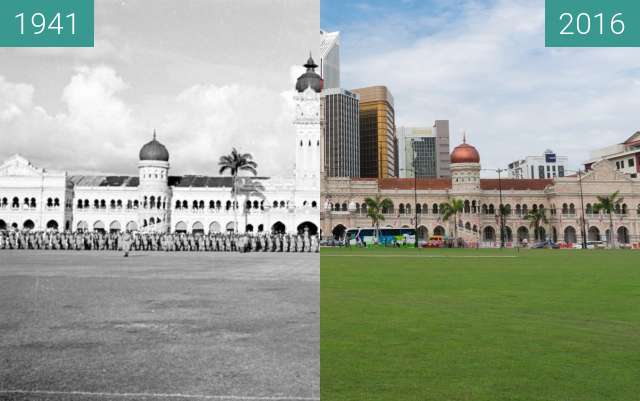
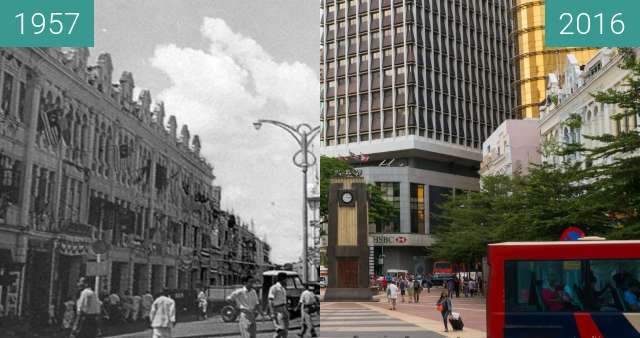
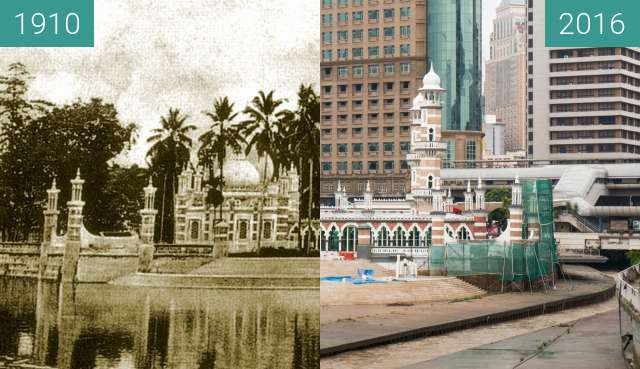
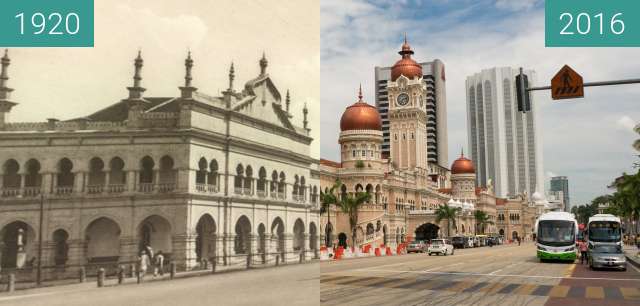
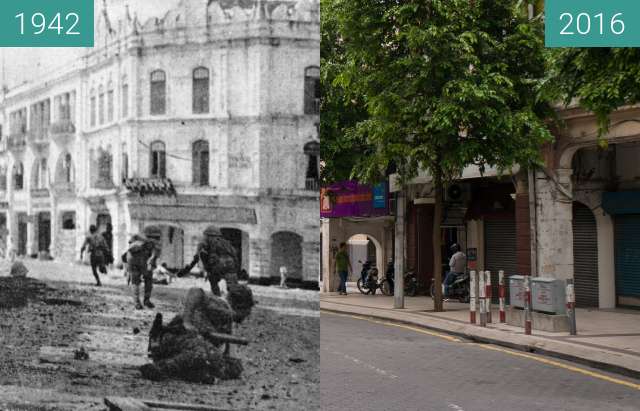
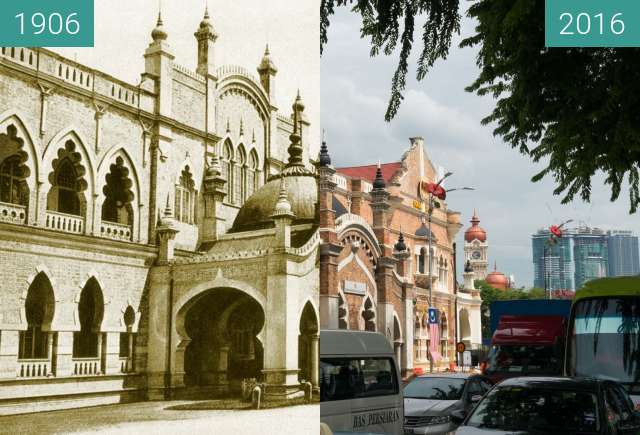
The National Textile Museum is one of the most significant landmarks of Kuala Lumpur today. It was designed by the British architect Arthur Charles Norman in 1905. Construction was finished in 1917. The building became the New Central Railway Office until 1984, when the High Court moved in. After much renovation and restoration, the National Textile Museum moved in in 2010.
Heavy traffic made an exact rephotography very difficult.
Le Musée national du textile est l’un des monuments les plus importants de Kuala Lumpur aujourd’hui. Il a été conçu par l'architecte britannique Arthur Charles Norman en 1905. Les travaux de construction ont été achevés en 1917. Le bâtiment est devenu le nouveau bureau central des chemins de fer jusqu'en 1984, date à laquelle la Haute Cour s'est installée. Après d'importants travaux de rénovation et de restauration, le National Textile Museum a emménagé 2010.
Une circulation dense rendait une rephotographie exacte très difficile.